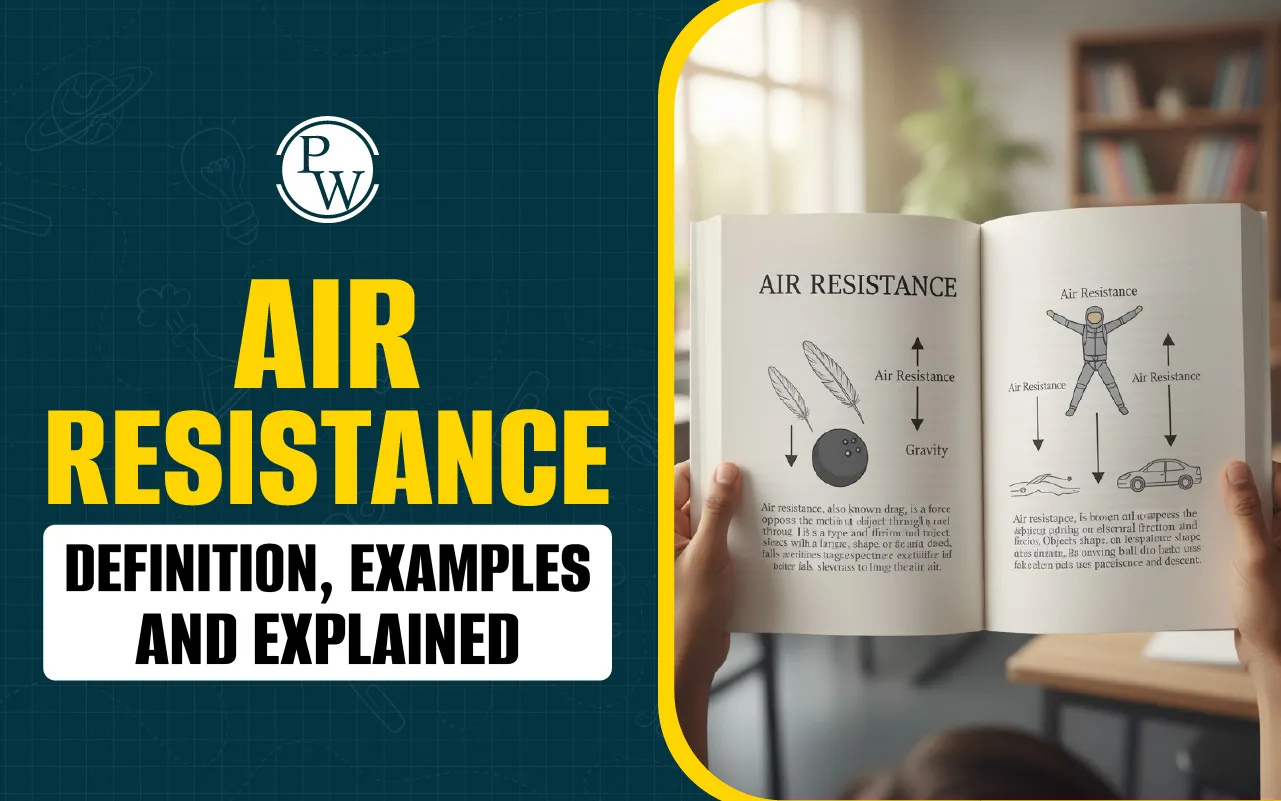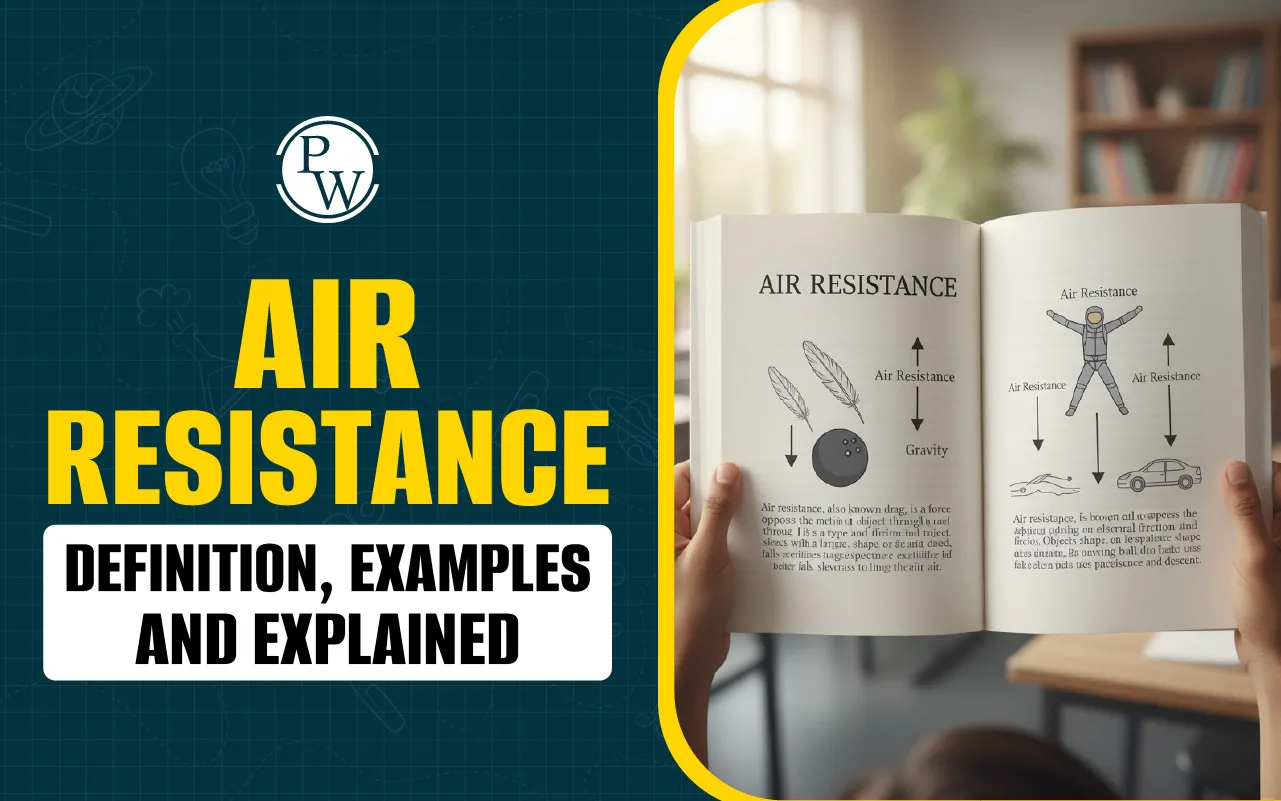

What is Air Resistance?
What is air resistance? is a common question among students when they start learning about forces in science. Air resistance is a force that slows things down when they move through the air. When an object moves, the air in front of it pushes back. This push is called air resistance, and it works against the motion. Air resistance and gravity act on every object on Earth all the time.
You can feel air resistance in daily life. When you ride a cycle fast, the air hits your face and slows you a little. When a feather falls, it comes down slowly because air resistance pushes against it. A plane also faces this force when flying through the sky. Air particles press against the plane, and the plane must push through them. To learn more about the air resistance force, keep reading.
What is Air Resistance Force?
Air resistance force is a force that comes from the air. It pushes against an object when the object moves through the air. This force is also called drag. When the object moves fast, the air resistance force becomes stronger. When it moves slowly, the force becomes weaker. The force also increases when the object has a big surface area. Air resistance force is a natural force that applies to all moving objects around us.
Read More: What is a Cell?
Air Resistance Force Examples
Air resistance force examples help you understand how this force applies to or acts on many things around you. The following examples also explain how air resistance in daily life slows down moving objects:
-
Riding a Cycle: When you ride a bicycle, the air pushes against your body and slows you down. This push is called the air resistance force. If you ride faster, this force also becomes stronger. That is why many cyclists bend down while riding. It helps them face less air resistance and move faster.
-
Parachute Coming Down: When a skydiver opens a parachute, the big cloth catches a lot of air. This air makes the person come down slowly. Gravity pulls the person down, but air resistance pushes upward. Because of this, the skydiver reaches the ground safely and slowly.
-
Walking in Strong Wind: When you walk in a storm or strong wind, you feel the air pushing you from the front. This push is the air resistance force. It becomes hard to walk straight, and holding an umbrella also becomes difficult because the air keeps pushing it back.
-
Falling of a Feather Slowly: A feather falls very slowly because the air resistance force pushes it upward while gravity pulls it down. The feather has a wide surface, so it catches a lot of air. That is why it floats gently and does not fall fast like a stone.
-
Paper Plane in the Air: A paper plane flies smoothly because its pointed front cuts through the air. This shape helps the plane face less air resistance and stay in the air longer. If the plane is not folded properly, it will face more air resistance and fall quickly.
Also Read: Structure of Atom
Make After-School Learning Fun & Easier for Your Child With CuriousJr
Do you feel that your child needs extra support after school, but you don’t get enough time to sit with them every day? Many children find it tough to revise lessons on their own, which later affects their confidence in class and marks during exams.
CuriousJr’s online tuition classes are designed to make after-school learning simple and stress-free for both you and your child. These classes are available for all the same subjects your child studies in school, which are maths, science, English, and social studies, so they understand every chapter clearly. Here is what these online tuition classes offer:
-
Interactive online lessons with dedicated teachers
-
Small tasks and practice sessions to strengthen the learnt concepts
-
Guidance while helping with school homework
-
Regular updates for you so that you can check how your child is improving
-
Easy and effective teaching as per the school syllabus
If you want your child to study better at home without pressure, CuriousJr's after-school tuition online can help a lot. So, book a demo class today and explore more.
